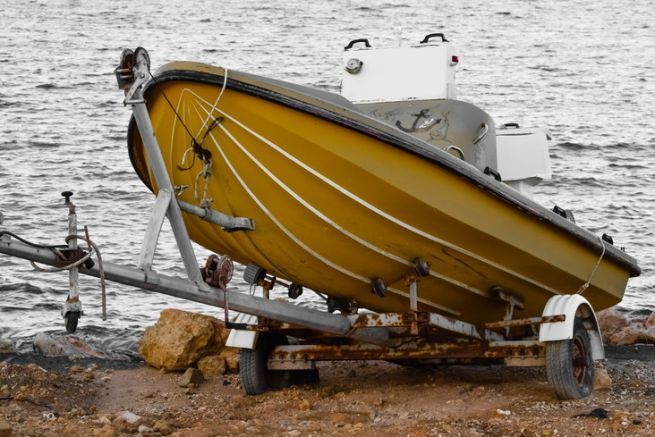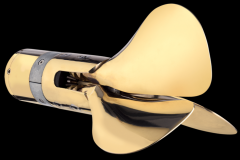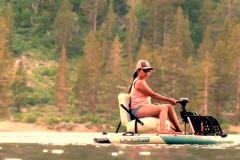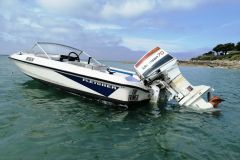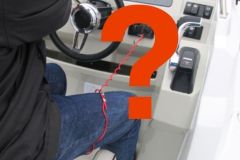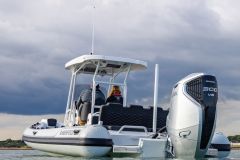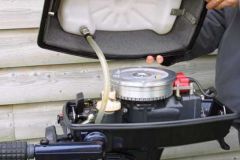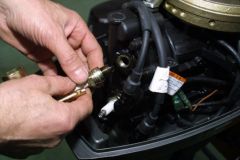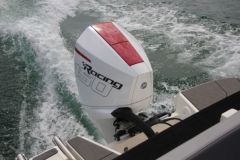You're going to leave, everything's loaded in the boat. The rods are aboard armed with beautiful decoys, the cooler's full too. But the motorization of the boat itself, what state is it in? We offer you a quick checklist to carry out on the speedboat, before setting out to sea. This checklist will save you, most of the time, from an annoying damage that could spoil a pleasant sea trip.
Propulsion status
Let's start by checking the base and propeller. With the engine raised as high as possible, we recommend that you start the check:
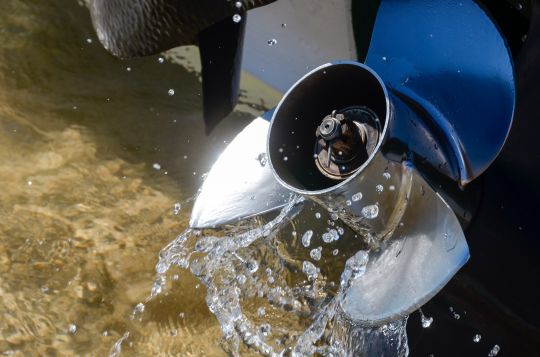
- Presence and tightening of the propeller nut
- Presence of the nut pin, open and locked
- Condition of the anodes
- Drift status
The fluids
Now lift the engine hood to go a little further into the mechanical control.
- Checking the decanter for water and emptying it if it contains water
- Check the oil level in the engine block: neither too much nor too little oil (only 2-stroke outboards do not have an oil sump)
- 2-stroke engines often have a separate oil tank. Remember to check the oil level.
Efficient ignition
Then we suggest you check the condition of the ignition elements.
- Tightening the candles
- Checking the ignition cables, making sure that all plugs are properly connected to the spark plugs
Fuel supply
Now let's move on to what makes the engine live, the fuel system that carries fuel from the tank to the cylinders.
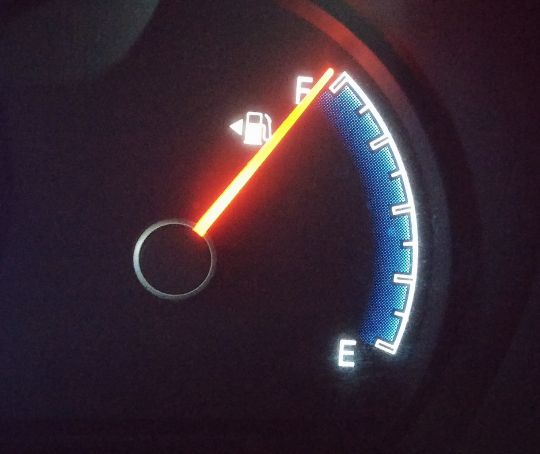
- Fuel level in the tank and fuel gauge on the dashboard
- Overall condition of the circuit (no cracks or greasy stains on the hoses)
- Crimpings upstream and downstream of the priming bulb
- After a few pumpings with the pear, it should recover its original shape and become hard.
Gas is actually getting to the engine.
Engine controls
Now let's attack the cockpit area.

- Make sure that both up and down trim is working
- Make sure that the contact breaker is present and put it in position
- Turn the steering wheel all the way to the left and right, and make sure the movement is linear, without hard points
- In the case of hydraulic steering, confirm the steering fluid level. For cable steering, check that the grease trap, if any, is not empty
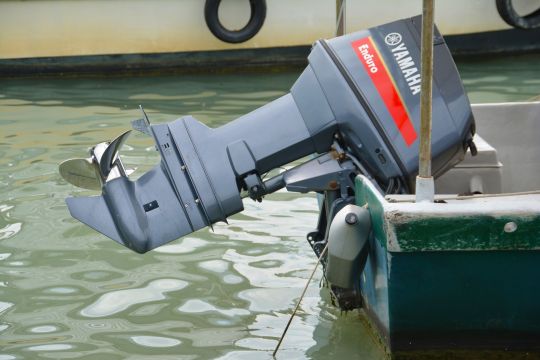
Contact!
The control is almost complete, we'll be able to start the engine.
The first thing to check is that it's well cooled. It's easy, just make sure that water comes out of the wash bottle, usually located in the top of the engine or on one of the sides.
Quick check to be carried out before each start
It is by carrying out this check at each departure and return that we will ensure a passive and inexpensive maintenance of our boats and will be able to sail without stress.
